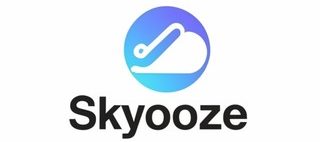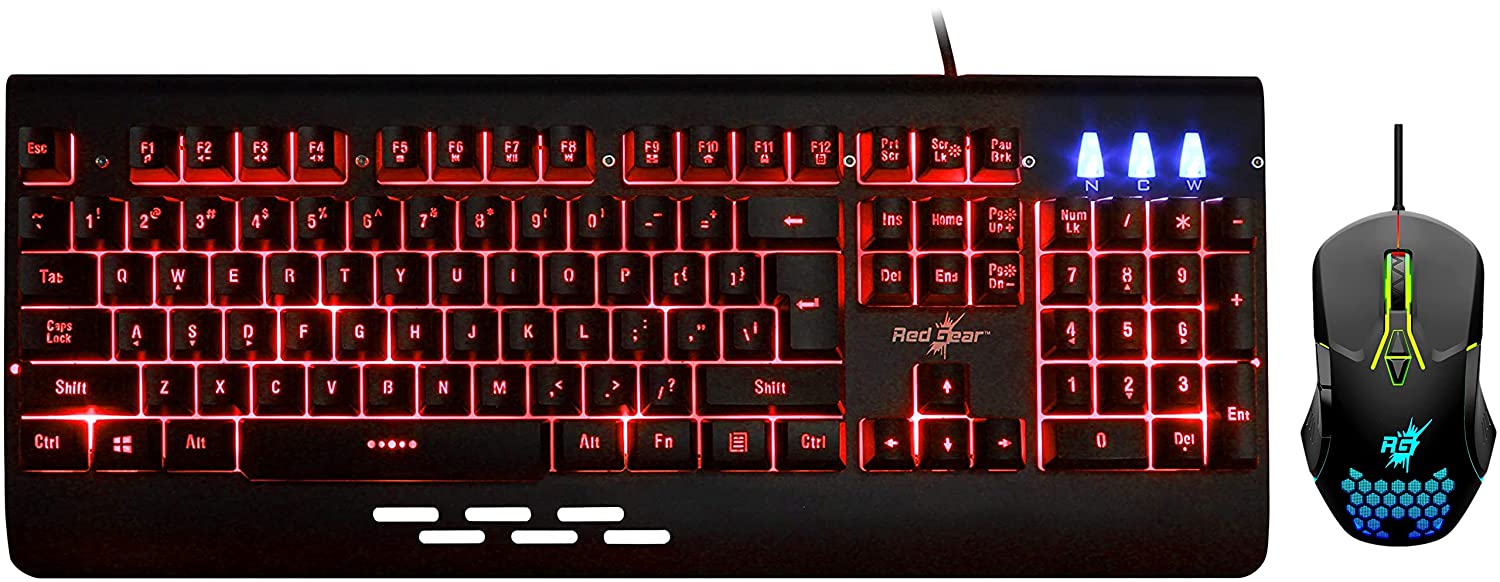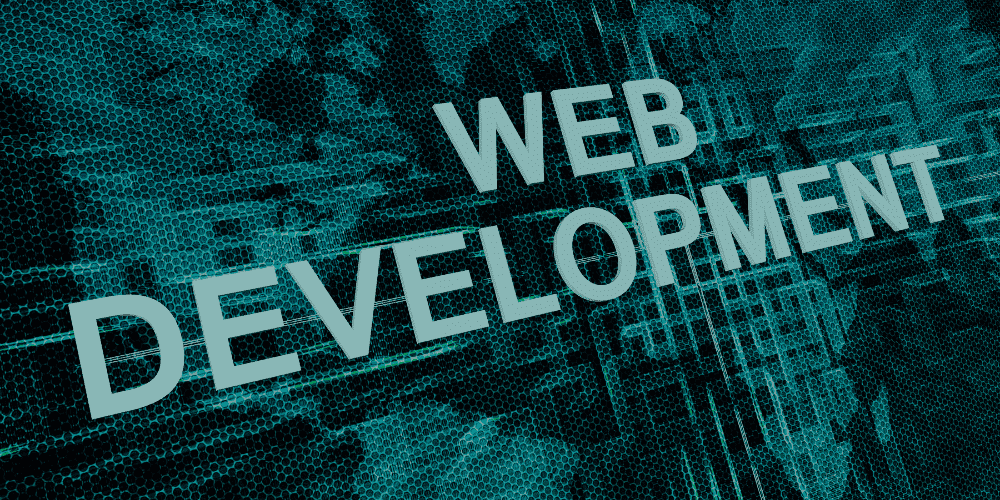An HR software program is a smart database that contains information about employees and assists in automating many of the processes of managing people. Its functionality varies by package and can include features like employee self-service, performance management, training, compliance reporting, time tracking and more. Different programs can be customized to meet a company’s specific needs, goals and budget.
The benefits of an HRIS are many, including the fact that it reduces the amount of time spent on clerical work, helps to maintain accurate data and provides access to information when needed. The system also expedites tasks, which is critical for any HR team that wants to be effective in their role.
Ultimately, an HRIS can save the company money on office supplies and equipment by eliminating the need for large paper files. It can also minimize the risk of oversight and manual error in compliance-related tracking activities by allowing teams to track documents, including I-9 forms, healthcare forms and employment records, in a centralized location with built-in tools that automatically monitor expiration dates and alert managers when items are close to being outdated.
A good system will also help a HR department focus more on high-value projects and employee engagement, as well as enabling leaders to make better business decisions using the data and analysis available in the system. The best HRMS will be easy to use for both managers and employees so that they can make the most of its features without having to rely on an IT department for support.
In order to select an HRMS, it’s essential for the IT, finance and HR departments to sit on a committee that’s charged with reviewing systems and making recommendations. This group can also act as champions for the system, helping to sell it internally to budget holders and ensuring that everyone understands how the system works and what it will do for the organization.
HR Software: Choosing the Right One
As technology has evolved, so have the options for managing human resources. Computers were first used to manage HR processes in the 1970s, and by the 1980s, comprehensive HRMS systems emerged that included payroll, benefits administration and more. Today, the most advanced systems are cloud based and can be customized to the needs of a company.
While all systems can handle basic HR functions, the best will offer more than just a database; they’ll have tools that help with talent acquisition, performance management and employee engagement, as well as analytics capabilities that enable predictive analyses and visualizations of important data. These tools will be invaluable for retaining top talent, keeping managers and employees happy and minimizing audit findings. The best software will offer the right combination of functions for your company’s unique needs and budget. The goal is to find a solution that’s flexible enough to grow with your business and provide you the most ROI.






